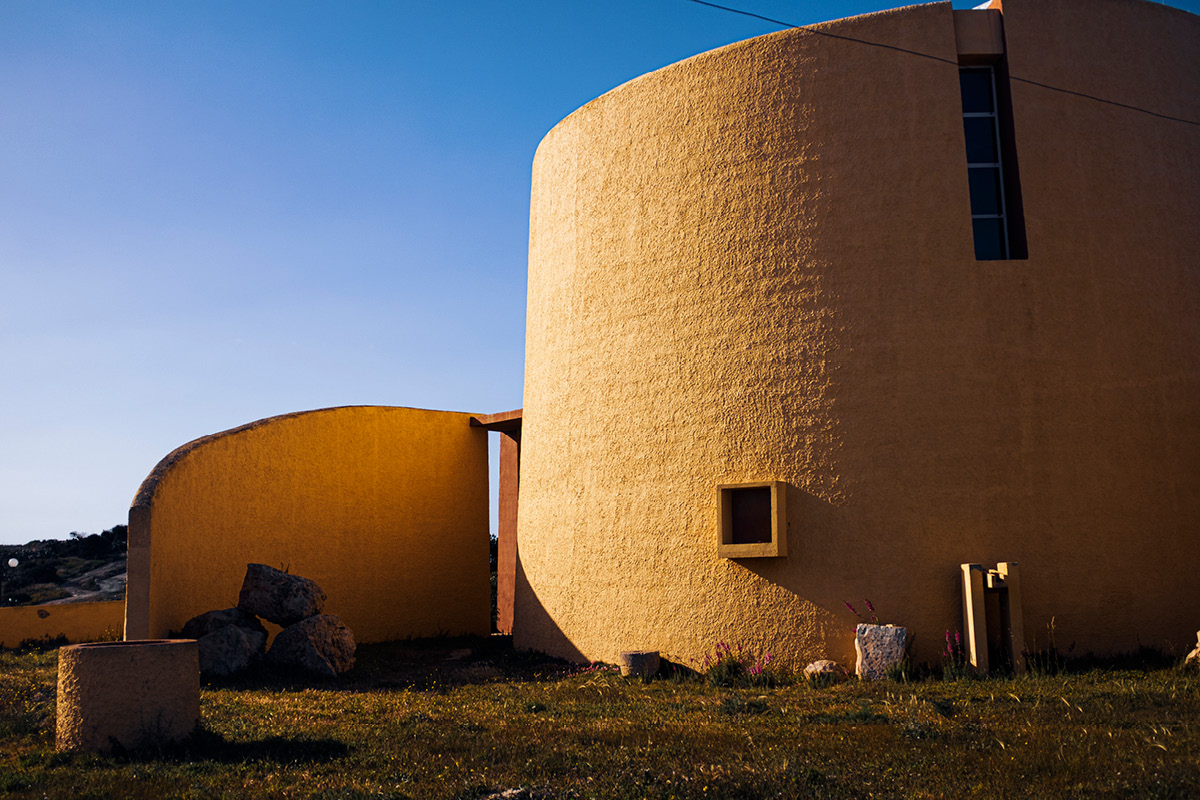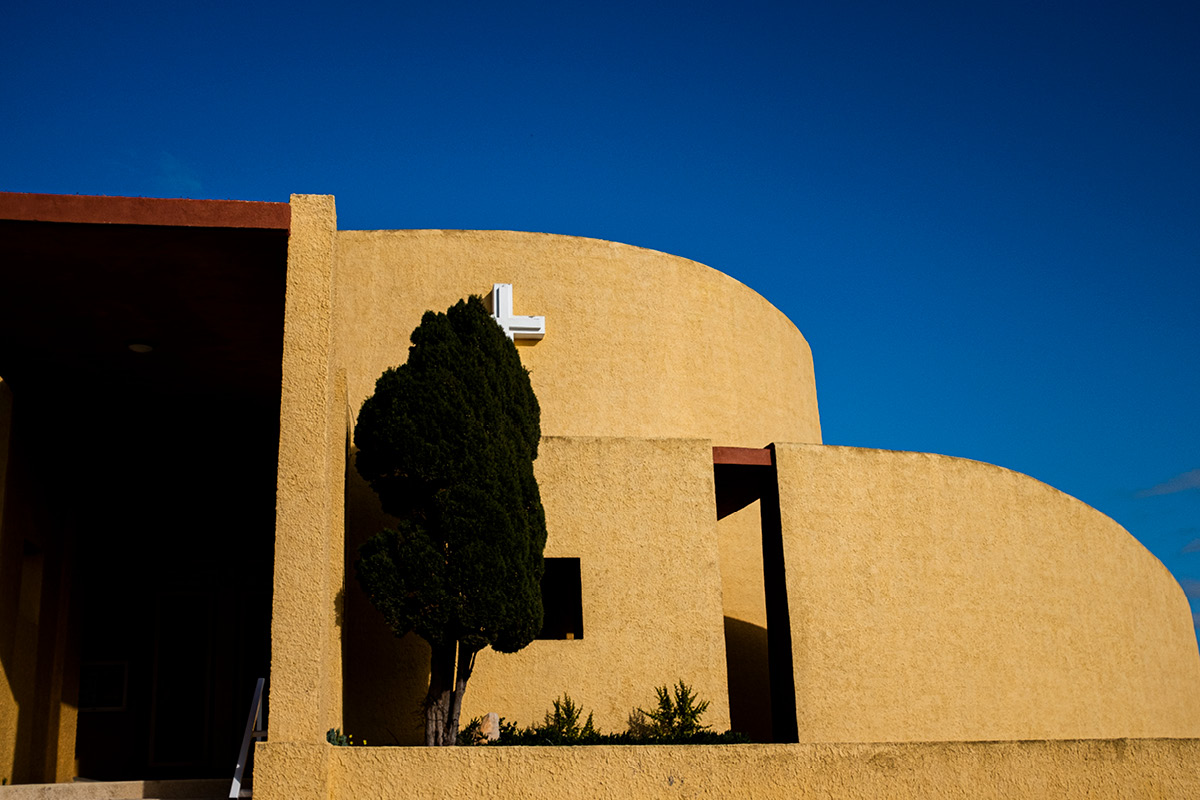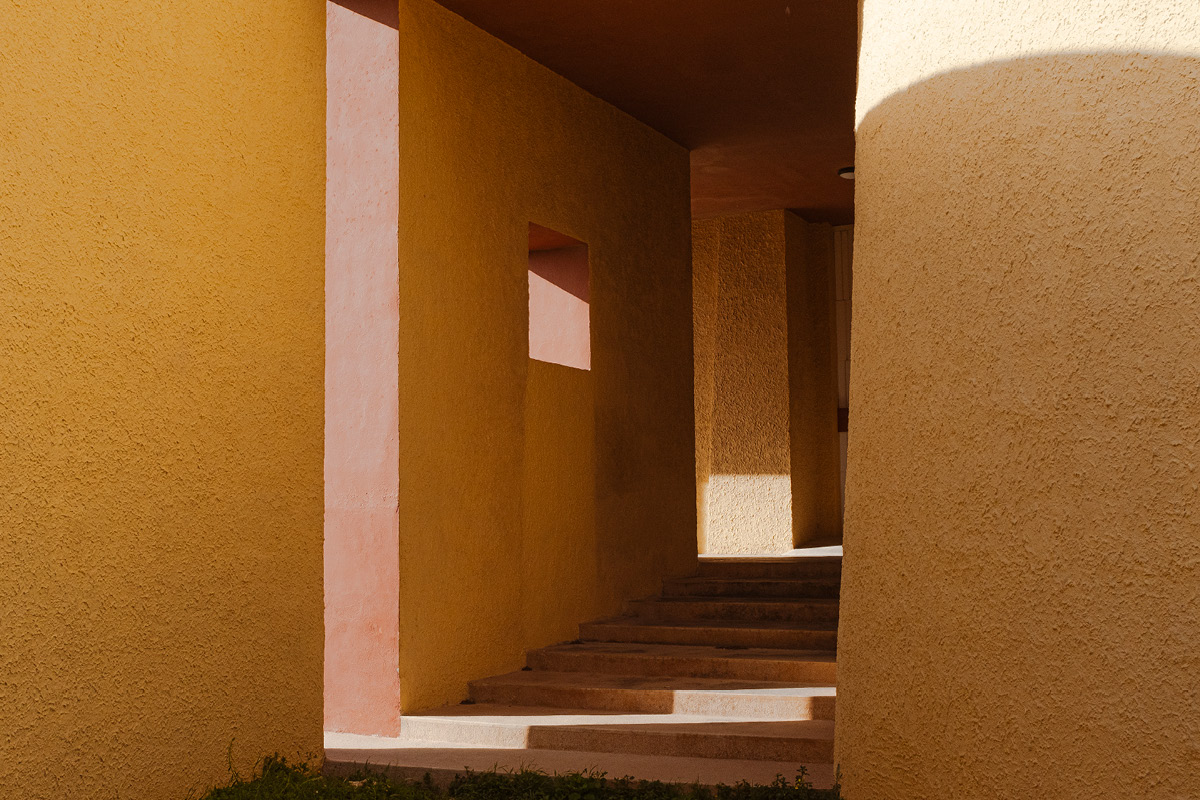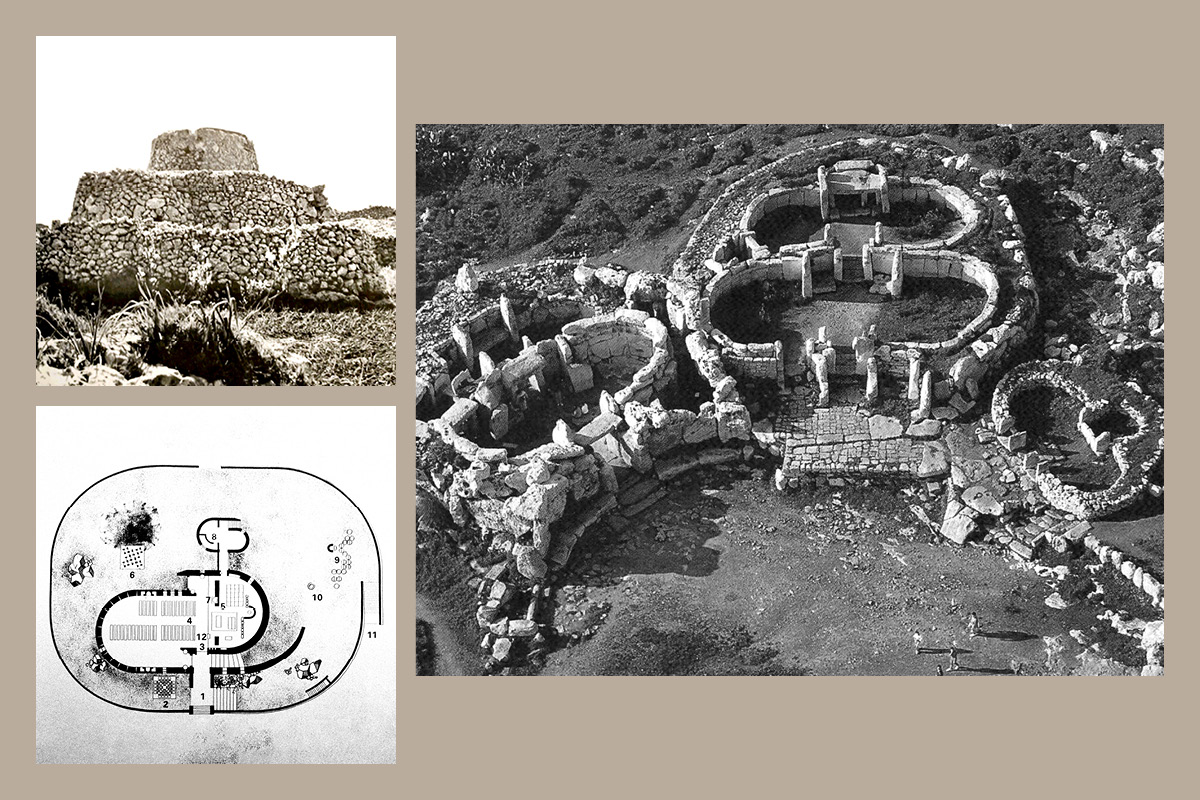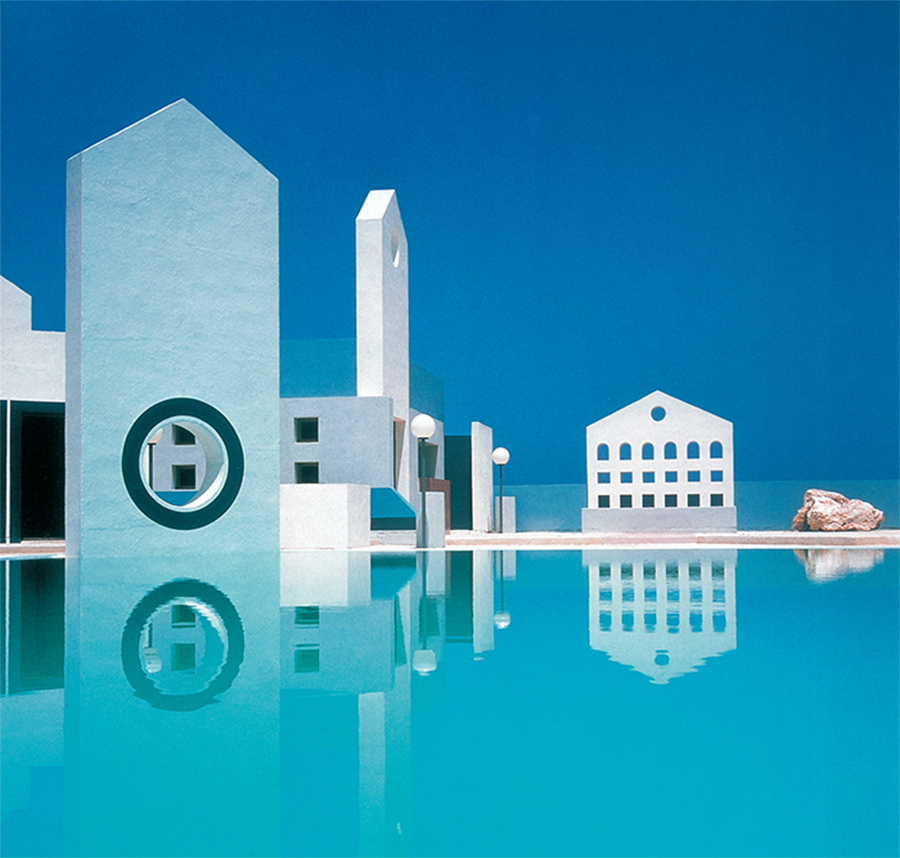Working on a collaboration with Richard England was truly an honour and an immensely insightful experience. His body of work, still stands prominent in the present day, and his visual language and aesthetics serve as a perfect example of a modern portrayal of the Maltese roots and identity.
Through working on the collection, a lot of his regionalist approach came to light. It is a mindset shift that I feel could benefit Malta greatly. Hearing about how the country has changed fascinates me, and hearing Richard reminisce how in the 1960s, with independence, there was a surge of local and foreign creatives on the island. Their focus was to discover the Maltese roots and identity, looking for a bright future for a newly independent state.
In Architecture the way to achieve this, was to identify a direction for the future. A direction that drew inspiration from the countries’ past. From the Neolithic Temples, to the Knights of St. John as well as the Vernacular. The aim was to observe and study the visual language of the past, and develop a modern interpretation of it. This is reflected in all of Richard England’s work. The close relationship to the region, creates a kind of modern architecture that, whilst being magical and looking forward to the future, echoes the past of the land.
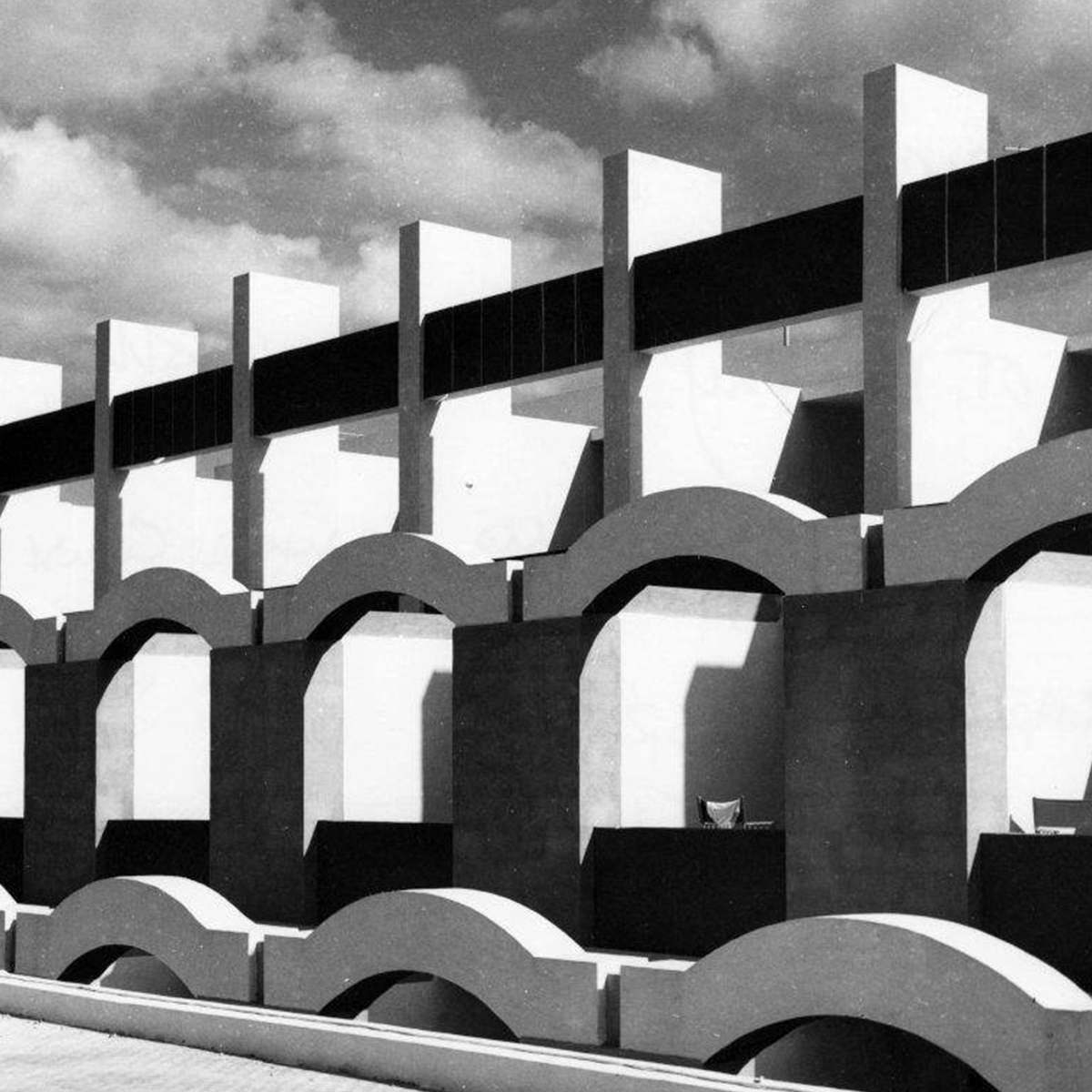
One of my favourite examples of this is the Ramla Bay Hotel. The way that the visual language draws its inspiration from the stone wells found in the surrounding fields. This hotel formed part of a growth spurt for Malta’s tourism industry in the 1960s. Sadly this hotel no longer stands in its original form.
Another one of his works, which is perhaps the most celebrated of his works is the church of Manikata. Which draws it’s forms from the farming Girna, also found in the area. In fact even the layout of the church is drawn from the Neolithic temples.
Of Richard England’s work, Aquasun Lido is also another one example, that really elevates the local typologies, that he draws his inspiration from. This particular work, as with most of his works, invokes a magical feeling. There is something special, about the simplicity of the forms, somewhat mimicking the stone monoliths found in the Neolithic era, placed facing different directions, this all reflected on the water of the pool creates a jovial play on geometry and colour, that suits the function of a Lido area perfectly, whilst maintaining its context and elevating it.
"We become what we behold"
– William Blake
This statement really struck me, as it really encompasses so much about his body of work and the regionalist philosophy. The celebration of an island’s spirit of place, so simple in its nature, represents such an authentic, and integral part of what makes up so much of our local culture. However, it seems on some fronts, it has seldom been embraced. And as time goes by, less and less of this school of thought is being endorsed.
It is a concept that many disciplines that contribute to the identity and aesthetics of the country stand to benefit from. Essentially, as it stands, the country is not standing tall and being proud of our heritage, we are simply discarding all that makes this country so unique and beautiful.
This regionalist approach, be it by chance, or by necessity, is experiencing a resurgence in the past few years. However, the concept is not being endorsed widespread, and without a real masterplan for the country, or an aesthetics board to oversee and safeguard the local identity, and with the current uglification of the country serving to destroy the beautiful architectural heritage that precedes it, this kind of thinking, might serve to allow us to move forward into the future more responsibly.
The architectural review of 1969, featured Malta heavily, with Quentin Hughes writing:
“This survey is concerned with ways in which Malta can be preserved, because what it has now is its greatest value and quite unrepeatable. The unthinkable alternative is that Malta should choose to neglect her heritage and join the development rat-race. Yet she is already trying to do this. If Malta accepts laissez-faire development, the whole island will be obliterated by buildings. And this will take very little time. It will happen unless the planners, architects and the legislators take action very soon. Malta could lead Europe into a new era of environmental and cultural re-evaluation, or it could become, through a laissez-faire attitude, just another blighted area of exploitation.”
Architectural Review, 1969, Quentin Hughes
Te fit-Tazza X Richard England Collaboration
This collaboration happened over the space of 3 months last year. Working closely together, a selection of works was made, and the stylistic considerations of their portrayal were explored.
Of the subjects chosen, there are those that sadly, no longer stand, or have been changed beyond recognition, and there are those which stand with international acclaim. The collection really serves as an ode to local architecture that is iconic to the Maltese landscape, and spans through Richard England’s entire career. Working on this collection, has really allowed us to understand a bit more about how the shift of the country from a colonised territory to an independent republic, and part of our recent history that is important when observing the current landscape of the islands.
We look forward to continuing on this path, and continuing to explore the makeup of Maltese Aesthetics and Identity with you.
Check out our podcast with Richard England!
